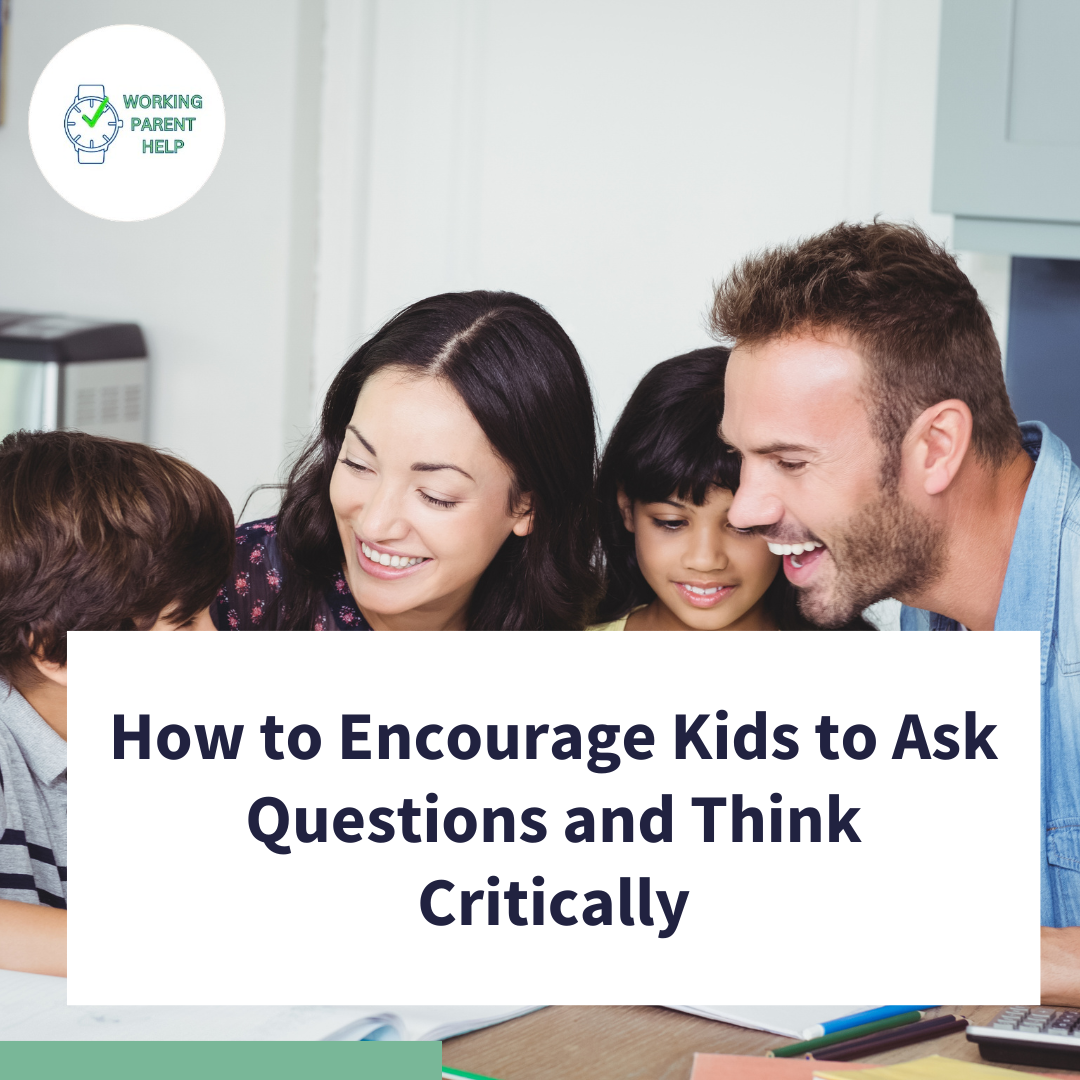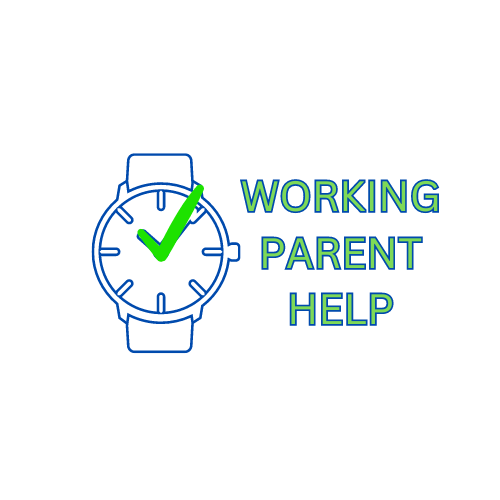
How to Encourage Kids to Ask Questions and Think Critically (Even When You’re Just Trying to Get Through the Drive-Thru)
1. Create a Safe Space for Curiosity
Kids ask weird questions. Like “Can bees get allergies?” or “What if we had noses on our knees?” And while it may be tempting to respond with a distracted “mm-hmm” while trying to get dinner on the table, those questions are pure gold.
Make your home a judgment-free zone for curiosity. No question is too silly. When kids know you’ll listen (and maybe even Google with them), they feel safe to explore ideas—even the nose-knee variety.
Bonus tip: Keep conversation flowing during dinner by keeping clutter out of sight and minds focused. Organize your pantry like a pro with the FreshKeeper 30pcs Airtight Pantry Storage Container Set. Less chaos = more brain space.
2. Ask Open-Ended Questions
If you want your kid to go beyond yes/no answers, you’ll need to throw some conversational curveballs. Try questions like:
-
“What would happen if cats could talk?”
-
“Why do you think some people believe in aliens?”
-
“How would you solve the traffic problem if you were mayor?”
Open-ended questions flex those critical thinking muscles and get your kid’s brain wheels spinning faster than your caffeine-induced heart rate.
And hey, these convos are car-ride gold—especially when your toddler DJ is on repeat with the Paw Patrol theme song.
3. Encourage 'Why' and 'How' Thinking
Remember that never-ending “why?” phase? As exhausting as it was, it’s actually brilliant. “Why” and “how” questions help kids understand systems, processes, and connections.
Instead of shutting them down (“Because I said so” is a classic, but let’s retire it), try flipping it back to them:
-
“That’s a good question—why do you think the moon changes shape?”
-
“Hmm, how could we build a rocket out of cardboard?”
You’re not just answering their question—you’re teaching them how to explore ideas.
4. Expose Them to Different Perspectives
The world is a big, colorful place—and our kids benefit immensely from understanding it from more than just their angle. Reading diverse books, watching documentaries, and even (age-appropriate) debates at dinner can spark big conversations.
Want to start small? Let your kids weigh in on family decisions:
-
“Which afterschool snack should we stock up on—apple slices or crackers?”
-
“What’s a fair way to rotate dish duty?”
Giving kids voice and agency helps them analyze, negotiate, and empathize—all key components of critical thinking.
And if the fridge chaos is getting in the way of smooth snack discussions, the CanFlow 2-Pack Soda Can Organizer Dispenser Rack can make that shelf less of a war zone and more of a snack sanctuary.
5. Model Curiosity Yourself
Monkey see, monkey do. (And by monkey, we mean the lovable gremlins you birthed.) If they see you asking questions, being curious, and saying “I don’t know, let’s find out,” they’ll mirror that mindset.
Try:
-
“I read something interesting today—did you know octopuses have three hearts?”
-
“I don’t really understand how crypto works, do you? Should we learn together?”
-
“I wonder how traffic lights work. Want to look it up with me?”
Be a co-learner. Let them see you excited about knowledge, even if it’s random trivia about wombats (they poop cubes, FYI).
Final Thoughts: Raising Little Thinkers in a Big, Busy World
In the end, you don’t need to create a mini philosopher overnight. The goal isn’t to raise a kid who quotes Socrates at bedtime (although, impressive). You just want them to be curious, capable, and confident in asking big questions—and trying to answer them.
And guess what? You’re already doing it. Every time you answer one of their endless “whys” with patience (or a deep breath), every time you wonder out loud, every time you make space for their thoughts—you’re helping them grow into a thoughtful, inquisitive human.
So, give yourself a high five (or a high-carb snack—you’ve earned it). And keep encouraging those questions—even if it’s “Why do farts smell?” for the fifth time today.

1 comment
How do I sign up for your blog?